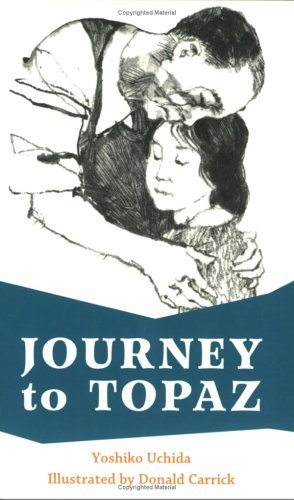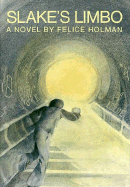
For module 2: The House in the Night.
Swanson, S. M. (2008). The house in the night. Houghton Mifflin Company: Boston.
A child gets ready for bed and explores many different aspects of the house in the night and its contents.
My view:
Written by Susan Marie Swanson and illustrated by Beth Krommes, this beautiful book is, in my opinion, fully worth all the awards that can be bestowed upon it. Ever since I became acquainted with scratchboard in my botanical illustration class, I have been impressed with its excellent use. Beth Krommes has such beautiful artistry that I am impressed all over every time I see this lovely book. For me, however, the words are just as lovely as the pictures. I am a wordsmith and word lover first of all, so the simple story of a little one getting ready for bed is touching, especially because the language used is so evocative and simply resonant with beauty. Just try saying "starry dark" over and over again and maybe you'll be as enchanted as I. Not least is the chiasmic repetition of the elements in the story---moving forward and then tracing backward to make the reader exceedingly satisfied and moving into even a little bit of snuggly sleepiness at the end. Yes, this is a favorite book---one I intend to read to my grandchildren (when they come along in a couple of decades).
A review from Booklist, written by Irene Cooper, says in part, "Executed in scratchboard decorated in droplets of gold, Krommes’ illustrations expand on Swanson’s reassuring story (inspired by a nursery rhyme that begins, “This is the key of the kingdom”) to create a world as cozy inside the house as it is majestic outside. The two-page spread depicting rolling meadows beyond the home, dotted with trees, houses, barns, and road meeting the inky sky, is mesmerizing. The use of gold is especially effective, coloring the stars and a knowing moon, all surrounded with black-and-white halos. A beautiful piece of bookmaking that will delight both parents and children."
Cooper, I. (2008). The house in the night (review). Booklist, 104(16), 46.
In a library setting, I can see this book being used as an example of art and pictures. Maybe a class could create chiasmic poetry, or try scratchboard art. It is a great example of both types.


